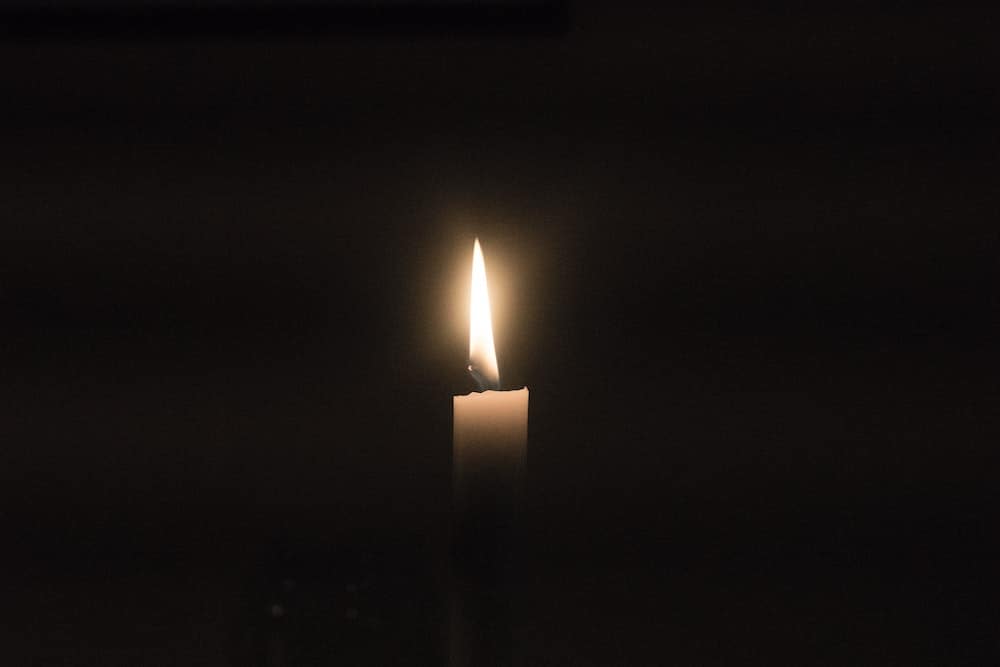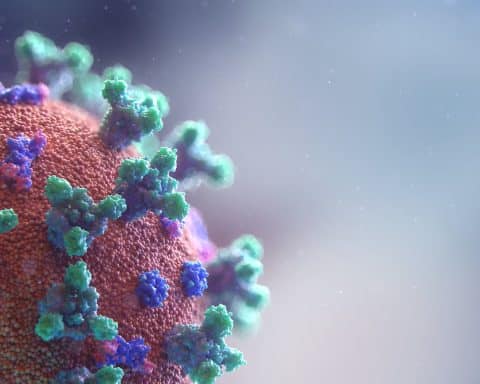Stephen Gillam is a GP in the evening of his career who cherishes his calling. You can download a fully referenced PDF version° of this article.
[wp_time_to_read]
You know the old trope: ‘General practice would be great if it wasn’t for the patients.’ The last weeks have been among the strangest of my career. The car park and waiting room eerily empty, all day on the phone. “This will change the way we practice for ever”, my colleague breezily opined. “We’ve always known we don’t really need to see people for most of what we do.” Really? Among its many victims, will COVID-19 kill off another weakened creature: the ‘family doctor’?
Among its many victims, will COVID-19 kill off another weakened creature: the ‘family doctor’?
Emergence of the family doctor
The notion of the family doctor emerged over the second half of the nineteenth century. The Royal Colleges of Physicians and Surgeons were reactionary and continued to resist the establishment of a college for general practitioners. Novelists reflected attitudes of the time. The fictional stereotype of the early family doctor was often poor, shabby and old-fashioned, but always accessible. He enjoyed the confidence of his patients. A contemporary users’ guide intoned: “Let not your doctor be too useful… and avoid the man whose dress and demeanour indicate puppyism… Be not averse to him if he is slovenly in apparel”.
The ideal of family doctor was thus powerful in shaping public and professional perceptions of nineteenth century medical practice.
The National Health Insurance Act of 1911 further reinforced these perceptions. It provided workers with free health care. Dependents were covered by friendly societies and sick clubs but women and children were as yet poorly served. In 1948, the National Health Service extended health care to families. The terms family doctor and general practitioner continued to be conflated.
By the early 1960s, general practice was in crisis as the economic realities of the NHS failed to match professional aspirations. In 1961 a Central Health Services sub-committee was set up under Annis Gillie to advise on the “future field of work of the family doctor”. Its recommendations subsequently underpinned the Family Doctor Charter which was translated into a new contract in 1966. This introduced major changes to remuneration that were to have lasting effects on practice organisation and structure.
Retreat of the family doctor
Ironically, the decline of the family doctor could be seen as dating back to that same settlement. As practice teams and the range of services they provided thereafter expanded, the legitimacy of family practice began to be questioned.
The main problem with the concept lies in establishing what it means. Does it embrace nuclear families, more extended families or simply those living at the same address? Recent decades have seen a decline in marriage rates and of the two-parent family as a societal norm. The Royal College of General Practitioners included caring for families in its definition of the GP’s job — but who exactly is the patient?
Countries such as Australia and Holland with models of primary care similar to Britain’s have general practitioners. The USA and Canada boast ‘family physicians.’ Yet even the most probing north American analyses have struggled to define the meaning of ‘family medicine’. Was it nothing more than a marketing exercise designed to appeal to the conservative intuitions of middle America where family values are axiomatically good?
At its simplest, the concept is based on a theoretical model that understands the patient’s health in the context of their family relationships. In the UK, this accords closely with the psychoanalytic teaching of Michael Balint for whom such relationships were the most important cause of psychic conflict manifesting as illness. One reason for the declining interest in family medicine in this country may be that Balint filled that ecological niche.
Critics drew attention to the inherent conflicts of interest and confidentiality between different members of the family and household. Marinker regarded the concept as “inimical” to personal care. Surveys suggested that enthusiasm for family care was inversely related to the number of partners in the practice and single-handed practice was in decline.
Doctors are largely unmoved by theoretical models of the family as patient. Rather they remain attached to the idea of a family doctor for the connotations of intimacy and extended biography it suggests.
Doctors are largely unmoved by theoretical models of the family as patient. Rather they remain attached to the idea of a family doctor for the connotations of intimacy and extended biography it suggests. It is hard to ignore the influence of family on presentation, diagnosis and management.
In his classical descriptive studies, Huygen meticulously documented the sickness behaviour of families over generations. He demonstrated how life events are played out in fluctuating consultation rates and, in particular, that new generations learn how to be ill from their parents. Frequent consulters breed frequent consulters. Such insights can be invaluable in practice.
Nonetheless, other changes have continued to erode family practice. The 2004 GP contract ended 24 hour (‘womb to tomb’) responsibility for patient care and in so doing dealt another blow to personal continuity of care. The 1997 NHS (Primary Care) Act introduced salaried practice furthering its decline. Rates of home visiting, the source of so much intimate knowledge, fell steadily.
The general practitioner’s gaze has continued to shift between competing domains of practice — the scientific and bio-medical, the psycho-social and hermeneutic, the anticipatory and preventive. A strange alliance of evidence-based medicine and market economics has re-defined the quality of general practice in terms of purely quantifiable targets. The associated administrative demands of pay-for-performance, commissioning and regulation have crowded out the space for the style of practice upon which the popularity of the discipline was founded.
Today’s management of chronic disease is incomparably more sophisticated. It is delivered by large teams of well-trained doctors, nurse practitioners, health care assistants and paramedics. Skilled nurses have taken over the provision of chronic disease management and GPs are becoming de-skilled. Continuity of personal care as once understood is the price paid. Personalised medicine is being redefined by its very antithesis: the linkage of individuals’ polygenic risk scores to their datomes, that mass of real time information collected by tech companies.
You don’t know what you’ve got till it’s gone
Those heralding the transformation of general practice should beware of what they wish for. The family doctor was in poor health but will be mourned, nevertheless.
COVID-19 may yield unexpected benefits. The general public may emerge with greater understanding of health care’s limitations. They may have a greater sense of responsibility for their own health. They may appreciate the value of exercise and community. They may not.
In recent weeks the NHS has shown remarkable ingenuity in adapting to virtual health care. We have been reminded that all health systems form part of the fabric of civic life. They reinforce societal norms through the personal experiences of users. Direct experience is what will shape future support for general practice too.
It is easy to glamorise the mythical and pleas like this can seem sentimental. The concept of the family doctor has helped to create a false dichotomy: between medical science and technology on one hand and caring and compassion on the other. Yet those heralding the transformation of general practice should beware of what they wish for. The family doctor was in poor health but will be mourned, nevertheless.
You can download a fully referenced PDF version.°







